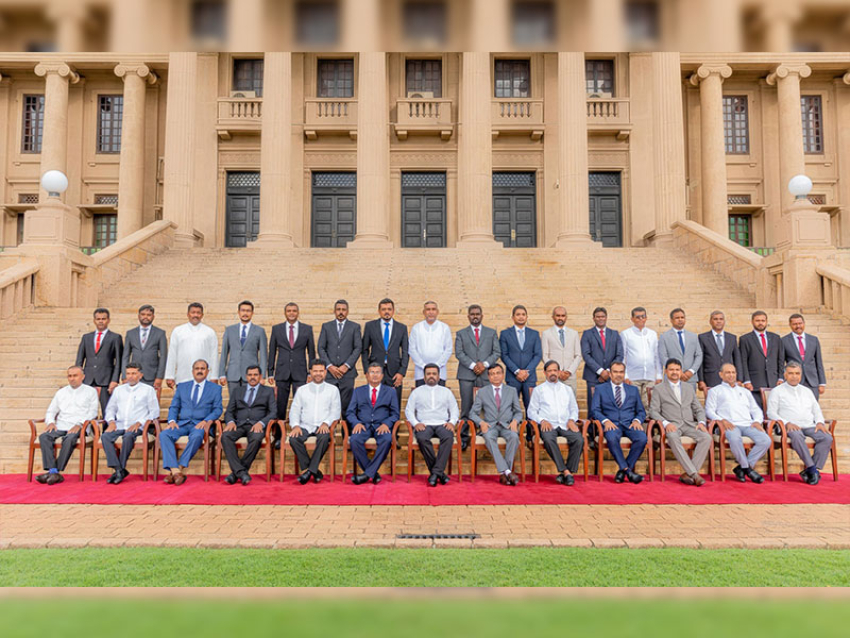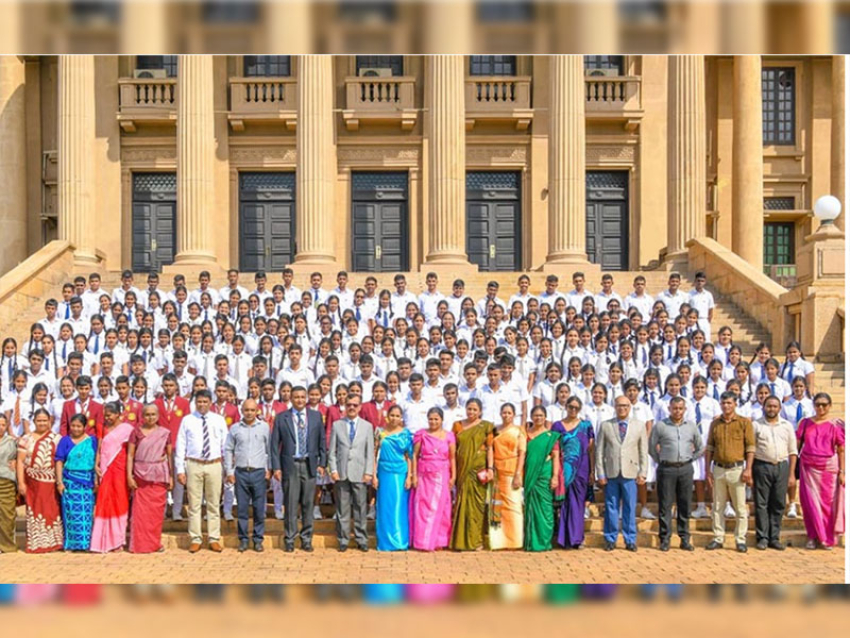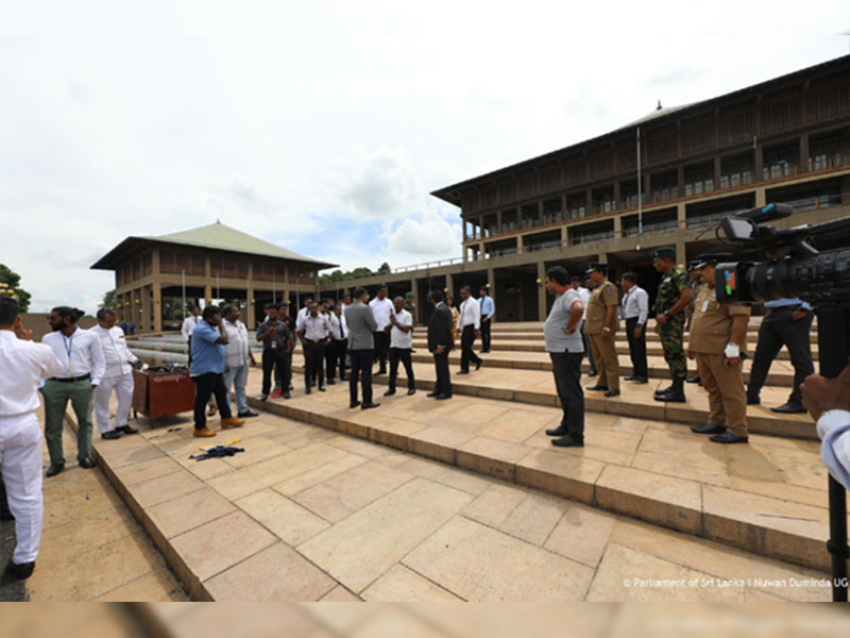They have backed up their pre-tournament’s favourites tag with some brilliant cricket in their last three must-win matches. They have played their best cricket under pressure and, buoyed by home support, they look the strongest team.
New Zealand can be very proud of their semi-final performance against India, inflicting a massive upset with some exceptional fast bowling. However, if England play to their current top form, the Black Caps will be hard-pressed to find ways to beat them. To spring another upset they will need to recover from that emotional and physically draining semi-final and take more inspiration from their excellent leader Kane Williamson.
New Zealand had limped through qualification and going into semi-finals they looked far from the well-drilled unit that started the tournament so efficiently. But they regrouped to play a well-planned and restrained brand of cricket that harked back to their pre-McCullum days. Back in the 2015 World Cup, New Zealand were in their prime, playing red hot cricket under Brendon McCullum’s buccaneering leadership and they were expected to reach the finals. In this edition, they were not so highly tipped, but they have battled their way through nonetheless.
Much credit for that is due to Williamson for his shrewd and calm leadership. He has absorbed the twin pressures of being New Zealand’s leading run scorer and captain so well. His contribution on Sunday will be critical and England will be concerned about his big-match pedigree.
Most of us expected India to be finalists and I presume England fans are quite happy they are not facing Virat Kohli’s team. For India, though, it was a heart-breaking exit given the sky-high expectations of them getting to Lord’s. Those expectations were raised by some outstanding cricket in the past six weeks. Powered by Rohit Sharma’s superlative form, and inspired by Kohli’s invigorating leadership, they were a very good team and could easily have won this World Cup.
By Kumar Sangakkara
Unfortunately for them, as Kohli admitted afterwards, the Matt Henry and Trent Boult new ball combination just proved too much after stalwart Ross Taylor had steered them to a competitive total. New Zealand had to take early wickets and both Henry and Boult rose to the occasion with a clinical display that decapitated the Indian top order.
For me, it was a little surprising that India did not think about sending in MS Dhoni in after the fall of Kohli’s wicket. It would have allowed Dhoni to settle in play the measured innings he so often now plays on ODI matches. With Pandya, Kartik and Jadeja to follow, a Dhoni-Pant partnership may have got India over the line. I feel Dhoni would have kept Pant focused, shepherding him through crucial stages, to take the game deep with wickets in hand.
Jadeja played almost a solo hand in dragging India to the brink of a comeback, but the constant pressure of having to look for boundaries on his own with Dhoni being so measured brought about his demise. The brilliant run out of Dhoni then sealed India’s fate.
The England-Australia game promised much. Even though Australia had injury replacements, led by the incisive form of Mitchell Starc, they looked the more equipped side to win the second semi-final. England though have played their best form under pressure. The return of Jason Roy and his sublime form has been critical to their revival after a shaky middle-tournament. He has allowed Johnny Bairstow to play with great freedom and confidence.
I was surprised that Australia decided to go with Philip Handscomb over the left-handed Matt Wade, who has been in excellent form for Australia A. He is confident free-flowing player with a focus on run accumulation rather than technique. Handscomb needs a lot of things to fall into place mentally and technically. Australia won what we thought was an important toss, but England’s bowlers responded brilliantly, executing their plans with precision and ruthlessness.
Joffra Archer has been a revelation for England. He has learned quickly and developed so much during this tournament. His talent and pace was never in doubt, but his temperament and maturity has been outstanding. His accuracy, subtle variations and extreme pace has been fantastic to watch.
The first-ball in-swinger to Aaron Finch to exploit his LBW weakness, the sharp bouncer that hit Carey, and the slower knuckle-ball to get rid of Maxwell, emphatically encapsulated the match-winning ability and mentality of a superstar fast bowler. With Woakes supporting Archer brilliantly, England on the day were dominant with a complete performance. They will be hoping for a repeat effort today.
Miracle Tamarind Tree of Kebilitta
It is an arduous pilgrimage to the sacred Tamarind Tree Shrine of Kebilitta that lies in the foliage of Yala Block III near Kumbukkan Oya to seek divine blessings of God Skanda The Kataragama Esala Festival, set around the historic Ruhunu Kataragama Maha Devalaya in the deep south of Sri Lanka, begins this week with much reverence. An awe-inspiring annual ritual, which has been held for centuries, the festival draws thousands of devotees from various ethnicities who pay reverence to God Kataragama, the deity with six faces and 12 hands, mounted upon a peacock chariot. I thought of taking you today to the Kebilitta jungle shrine of God Skanda or God Kataragama in the middle of the jungle of Yala.
Kebilitta is said to be the spiritual residence of God Skanda, believed to be a site of great divine power. Although the historic shrine of Ruhunu Kataragama Maha Devalaya and the Kiri Vehera dagoba attract thousands of devotees, the belief that the divinity prefers to spend his time at the more tranquil environs of Kebilitta attracts die-hard devotees to this jungle tree shrine.
The endless virgin forest of the Yala National Park spread in front of us under the towering trees as we made a 45 kilometre arduous trek to Kebilitta in a bumpy tractor through a gravel track from Kotiyagala. Being the dry season, we were fortunate to drive on the dried up river beds, crossing sand dunes. The journey to Kebilitta or Maha Siyabalawa Devalaya, the spiritual abode of God Kataragama near the bank of Kumbukkan Oya was a difficult journey. Yet, it is a spiritual journey with the sounds of nature along the dirt track to the jungle site. The trek has not disheartened the devotees who throng, seeking the blessings of God Skanda.
There are two routes, one from Okanda, an entrance of the Kumana East National Park via Kuda Kebilitta. The other route lies through Kotiyagala, often used by pilgrims.
The journey to the tree shrine on both routes is through the rough terrains of Yala and across the Kumbukkan Oya, where a small shrine dedicated to God Skanda and Goddess Pattini stands at the crossing. Traditionally, an oil lamp is lit every time a pilgrim enters the forest invoking a safe journey.
We used the second route, through the Kotiyagala village in the Moneragala district. We had to park the tractor along the riverside and camp under the Kumbuk trees. We set up camp on the right bank, and spent the night under the stars. At 3 am the next morning, we crossed the river with our guide to offer pooja at the shrine, which he said was done in traditional style.
The dense jungle of Yala and chena cultivation stretched into the distance as far as the eye could see. It is almost inaccessibly hidden deep in the Ruhuna jungles where Veddhas worshipped in the dim past and gathered to curse, swear and seek punishment for wrongdoers.
As legend goes when an offence was committed, both, complainant and suspect would come with suitable offerings and lay their grievance at the foot of the jungle ‘Deviyo’ and retire to two rocks nearby. It was the belief that during the night a leopard was sent by the guardian goddess to dispense justice and dispose of the guilty party.
The journey for which preparations are made months before the pilgrimage, is a test of one’s self and beliefs. We have heard many stories of lost pilgrims and elephant attacks on rowdy visitors who behave in unruly manner. However, one does not undertake the pilgrimage to Kebilitta for the fun of it. Many had not been able to reach the Kebilitta shrine on their first try.
Surprisingly, the drive was arduous, vehicles topple and at times winches are used to pull the vehicles as they struggle in the mud. Stories of overflowing rivers and unsuccessful travels are repeated as precautions and pre warnings to the reckless. Abstinence is a must. One has to be a complete vegetarian for at least seven days prior to the journey. Furthermore, one needs to control one’s temper, refrain from using harsh words, lead a life of simplicity and not talk about the forthcoming travel.
Crossing the river and entering the domain of God Skanda, the devotees cleanse themselves with lime and water taking a dawn dip in the Kumbukkan Oya. They then dress modestly in white and proceed to build a makeshift structure, with four branches as cornerstones and a white or red cloth on top. A stove is built using three stones to prepare the Murthan Bath, or an offering of sweet rice.
Seven holes are dug on the bank of the river, representing seven wells. Around each well branches with leaves and oil lamps are planted and turmeric added to each well to purify the water used to cook rice and to wash the fruits for the offering.
Offering of rice, fruits and beverages are prepared on the bank of the river before proceeding to the shrine, lighting the way from the Bodhi tree to the shrine with oil lamps. Prior to the offering to the gods a Buddha pooja is made, and the first and best of the preparations offered to the Buddha, followed by offerings to the Bodhi tree and the chanting of Pirith.
Thereafter, the devotees wearing masks to cover their mouths and noses find their way to the shrine dedicated to God Skanda. The prayers echo through the jungle surrounding the tree shrine amid the sweet smell of fragrance and after prayers the devotees are led to a giant tamarind tree, the home of God Skanda.
The tamarind tree at the shrine is small and looks just like a plant. Yet according to legend the tree had stood on the site for many years but remained the same in size. It is said there was a massive tamarind tree at the shrine, the original home of God Skanda. However, over the years the lighting of oil lamps had taken its toll on the tree and what remains today is a sapling, which had stopped growing after a few years.
After the first tree was destroyed it is said that God Kataragama had chosen a second tamarind tree, which stands tall, alone in a small clearance some distance away from the main shrine.
The place is still called Siyabalawa by the villagers of Kotiyagala-Okkampitiya in the west and Siyabalanduwa-Moneragala in the north. They visit the place even now, trekking through the forest, offering the finest grain after harvesting, and for ceremonies involving curses and vows.
The tree shrine of Kebilitta itself has no constructions. One of the notable features of the site is that there is no permanent Kapurala (official) at the site and devotees themselves have to perform their own rituals. At the back of the tree, the surface of the bark was formed depicting a sketch of God Skanda, a deity with six faces and 12 arms in deep meditation. Even with these difficult conditions, devotees make their way to Kebilitta as it is a journey one must complete at least once in a lifetime. If you prepare yourself in true faith and belief, you can also visit this spiritual and tranquil shrine of Kebilitta.




















